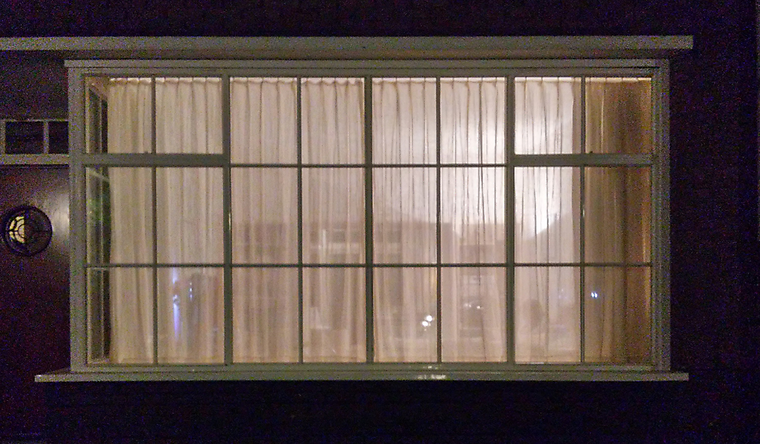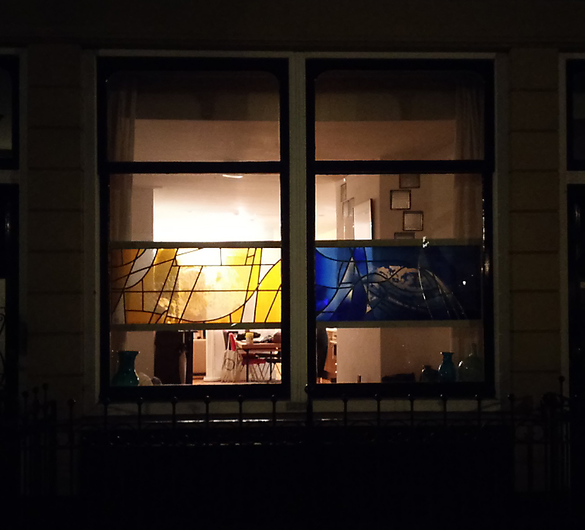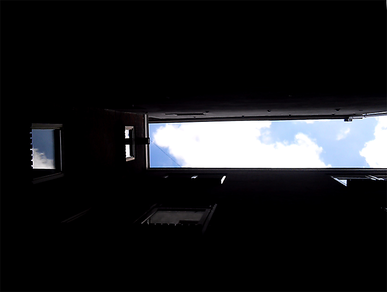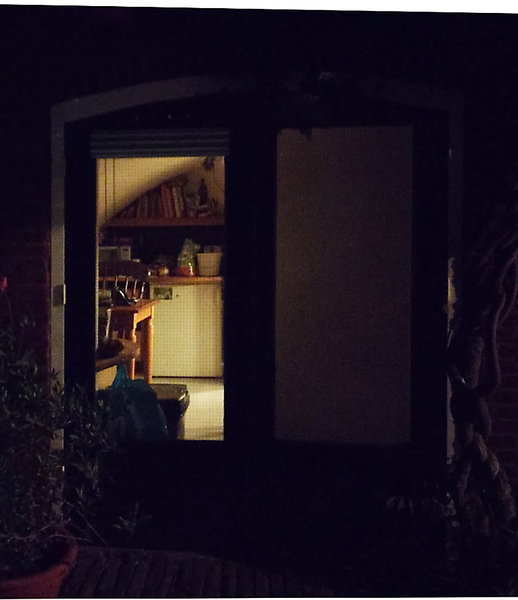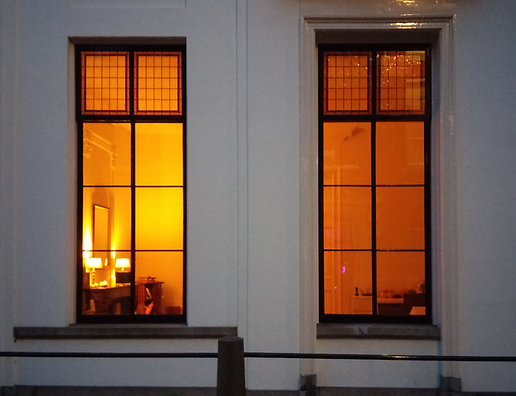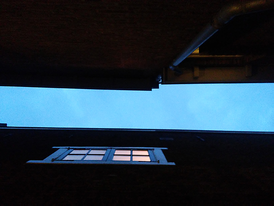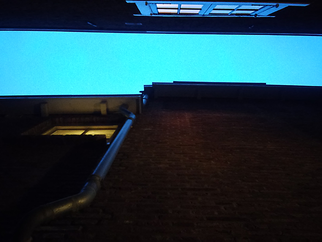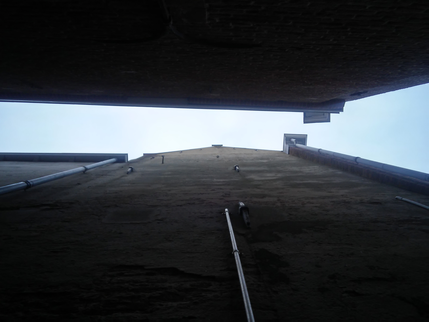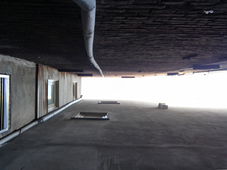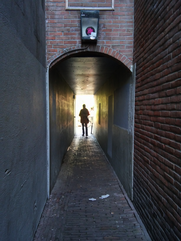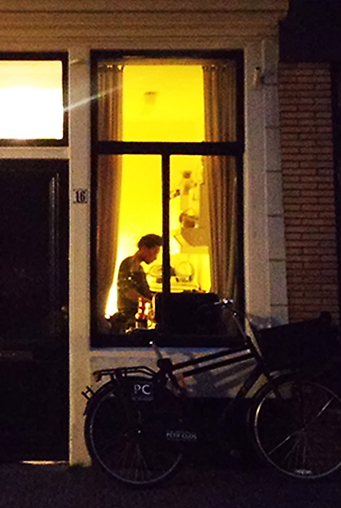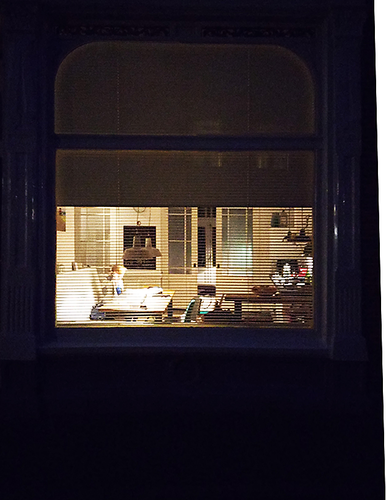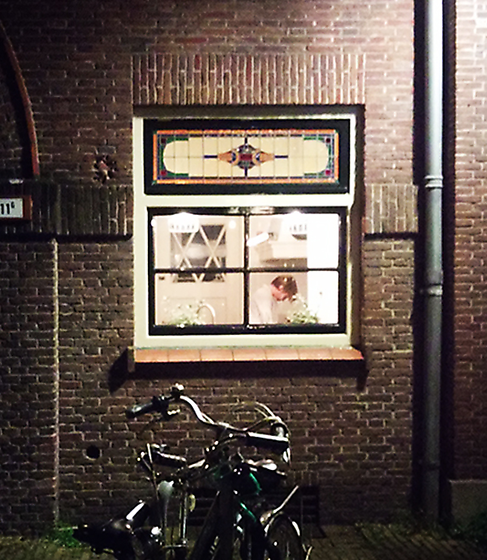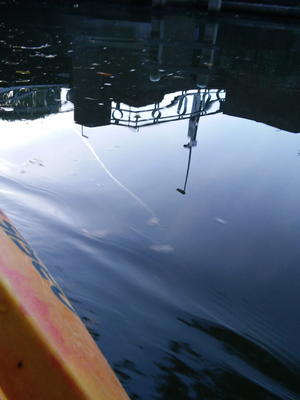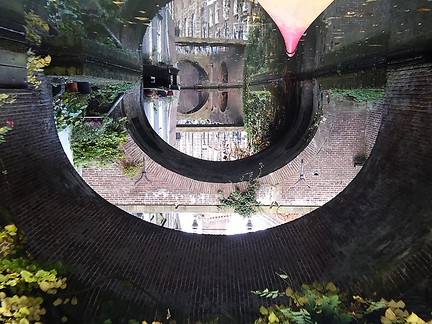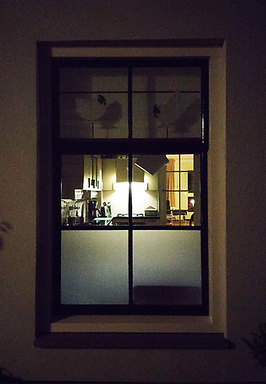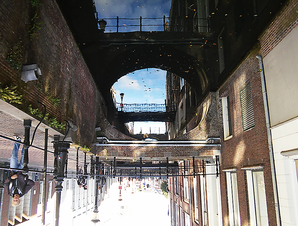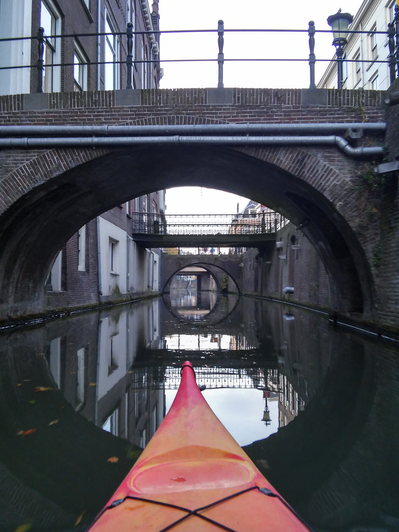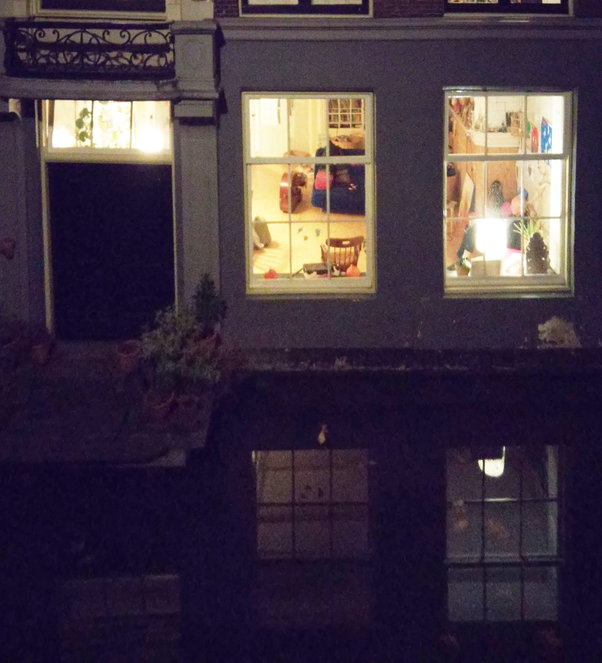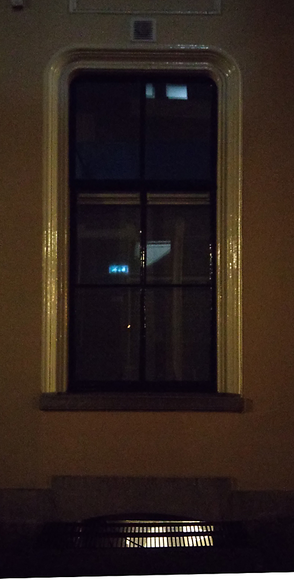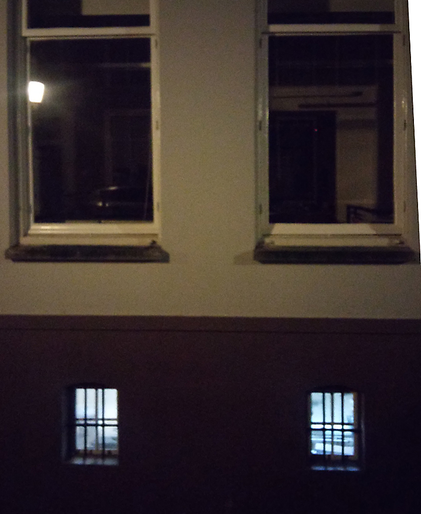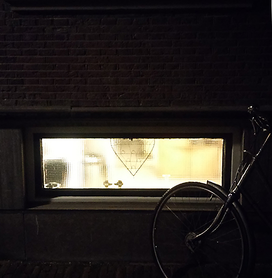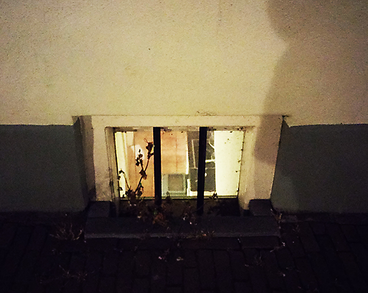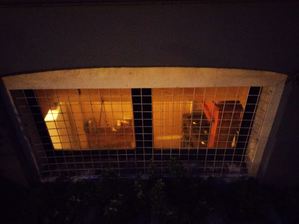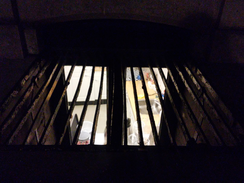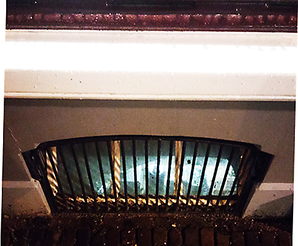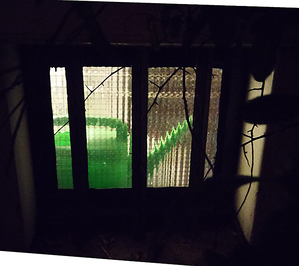The material of this archive was collected throughout my explorations in Utrecht, mostly by walking at night time and sheering off the beaten track. Shifting my viewing angles, getting lost in reflections and overlapping layers, inverting public and private, keeping my ears open for peculiar sounds, I attempt a research into what I lately like to describe as the negative space of the city.
The space where life takes place in the night time is mostly in the house interiors. We become aware of this transition through the lit windows, what they reveal, what they let us see.
As darkness falls the city gradually switches to another mode, where sensory overload fades away and one becomes aware of distant scenes and events going on.
The collecting process was initiated by activating the savage eye inside the urban context of Utrecht. My observations evolved around five main subjects that sprung up during the course of my explorations. Although my way of moving was rather intuitive, the influence of these five themes was underlying most of the material that I was collecting and the themes were found many times nesting within each other.
Water was the initial spark for my wanderings, as I was attracted by its qualities such as reflection and distortion. These properties transform the water's surface into a live screen that receives images from above and overlays them with floating elements.
The window is a two-way visual frame. Usually it is an opening to the outside world, especially in heavily populated urban areas where privacy is being more praised but also more susceptible to
violation. With that in mind, someone would expect the dense Dutch urban space to accordingly protect private life from visual intrusion. Surprisingly, what one finds out instead is an extrovert
attitude towards the gaze entering from outside.
This muting filter that night throws upon the urban space lets us witness distant events and occurences. The outskirts of the city come closer, one loses the contours of the buildings in favor of a sensation of floating inside a space of sporadic shimmers of activity, or implications of it.
What is revealed is not a complete image, and the quickness with which someone passes by gives a fleeting glimpse, an impression, a frame open to free interpretation. One cannot avoid noticing how meticulously the window sills are decorated, and when coming across them the activity behind the glass is left to be revealed.
Staying at the shade and looking through the windows is equivalent to looking outside of the darkness, into fragments of everyday life and how they intend to become presented and exhibited to the dark unknown.
The city at night becomes a camera obscura; not a black box inside which an image turns upside down, but where another kind of inversion takes place. Urban space metamorphoses to a dark universe where inside is inverted to outside.
Although by night the city mostly goes to sleep and only a few gleams of outdoor activity stay awake, which is normally expected during that time of the day, the display of indoor life is what sparks inside the darkness. The 'inside' turns to 'outside', and the activity -or non activity- that goes on in the houses is showcased for the passer-by with even more clarity.
It is interesting how these sparse distant acts and movements are perceived by means of light and sound; the flashing light of a bicycle approaches you, car headlights shine far at the end of a road, the trains are heard passing from far away, happenings going on behind closed doors become visible through lit window frames.
Life goes on indoors, but does not do it by hiding or finding shelter in a retreat; it is there for you to see. Being confronted with these bright encounters in the night, private space is becoming visible to the outsiders without any obvious hesitation; on the contrary, the 'voyeur' is tempted to peek through.



